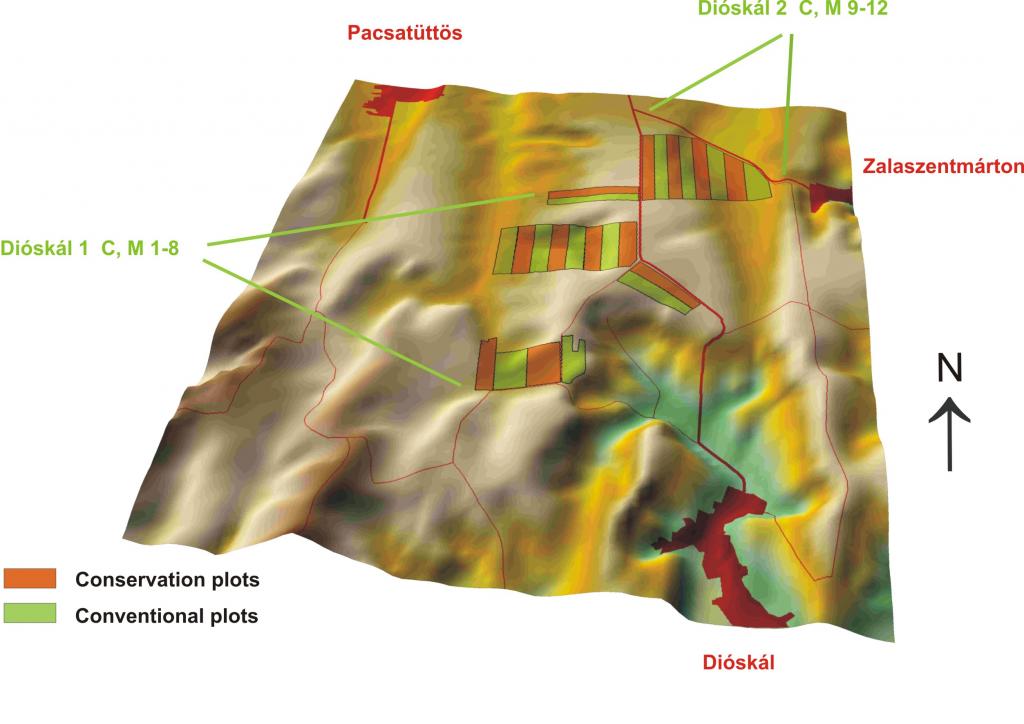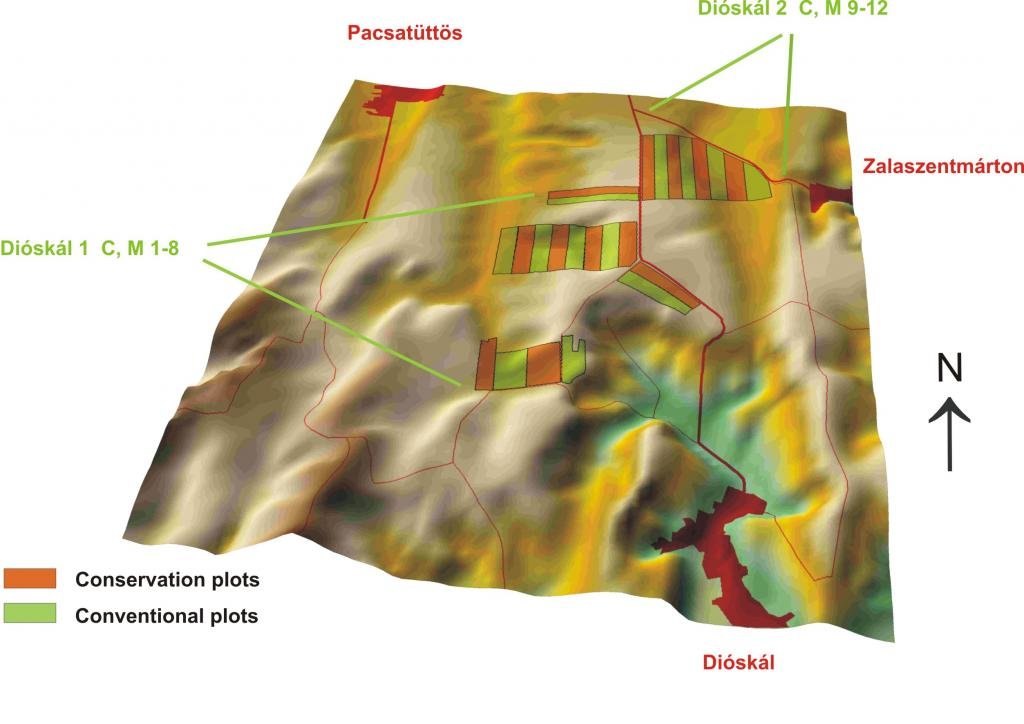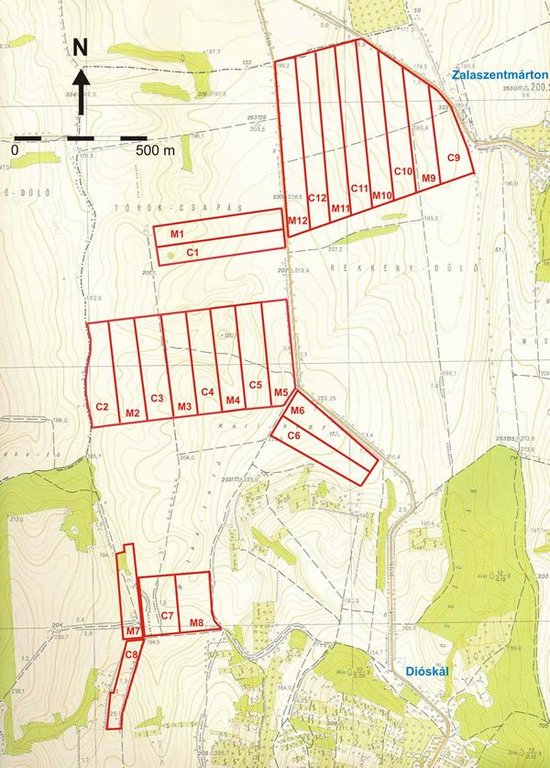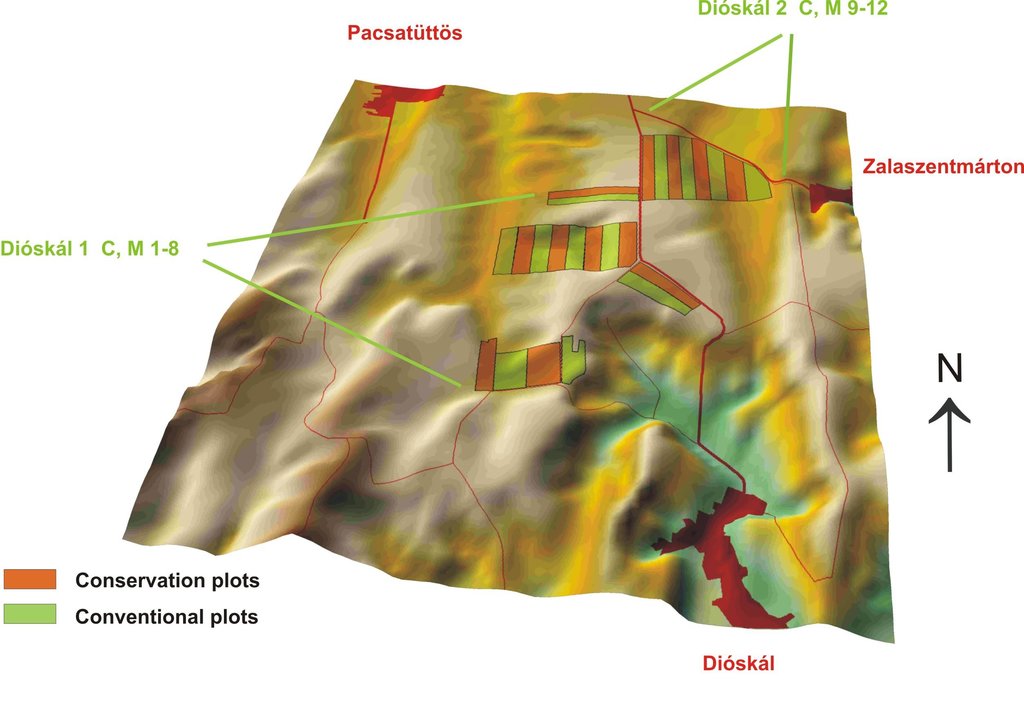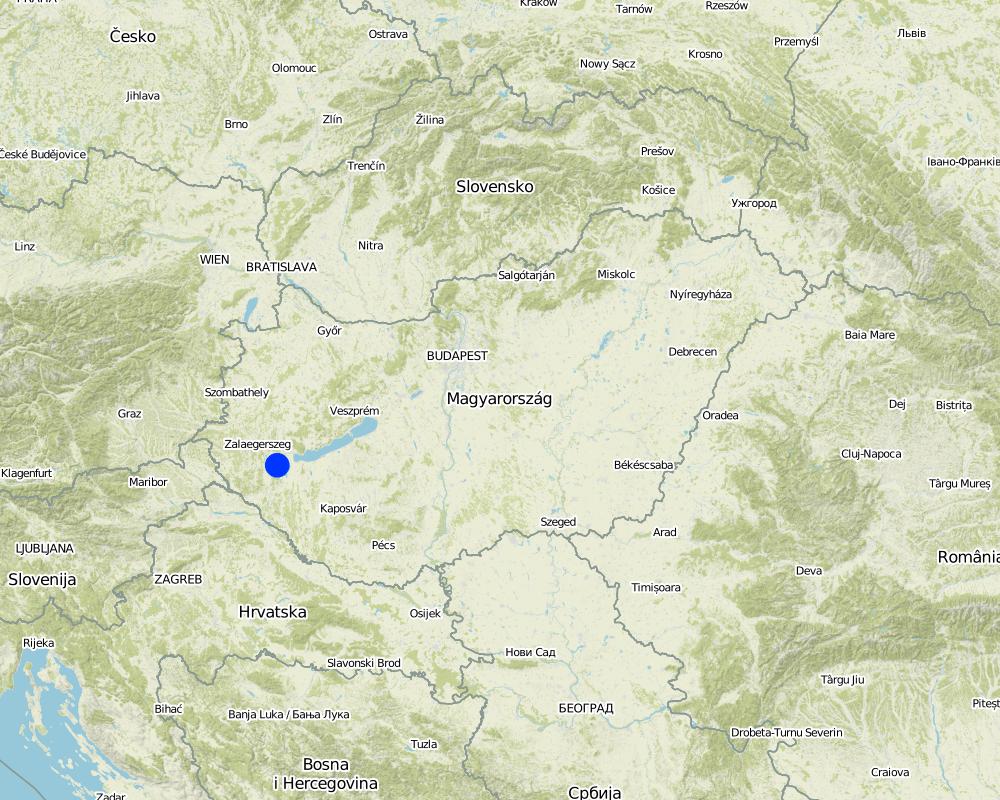Approaches
Conventional (contour-line and ploughing) tillage [Hungary]
- Creation:
- Update:
- Compiler: Adam Kertesz
- Editor: –
- Reviewer: Fabian Ottiger
approaches_2650 - Hungary
Completeness: 64%
1. General information
2. Description of the SLM Approach
3. Participation and roles of stakeholders involved
4. Technical support, capacity building, and knowledge management
5. Financing and external material support
6. Impact analysis and concluding statements
7. References and links
Links and modules
Collapse allLinks
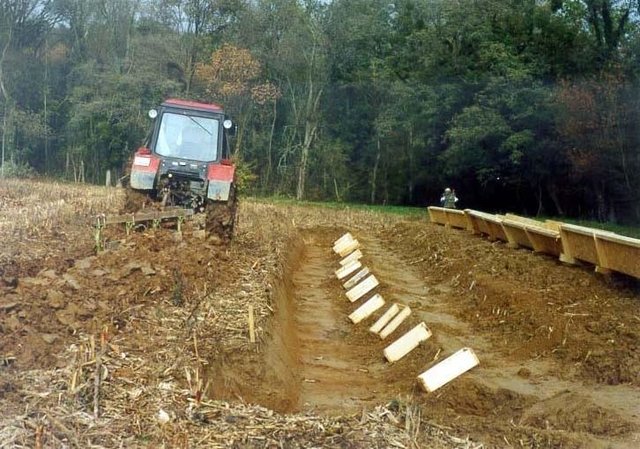
Conventional (contour-line and ploughing) tillage [Hungary]
Conventional (contour-line and ploughing) tillage
- Compiler: Ádám Kertész
Modules
No modules


